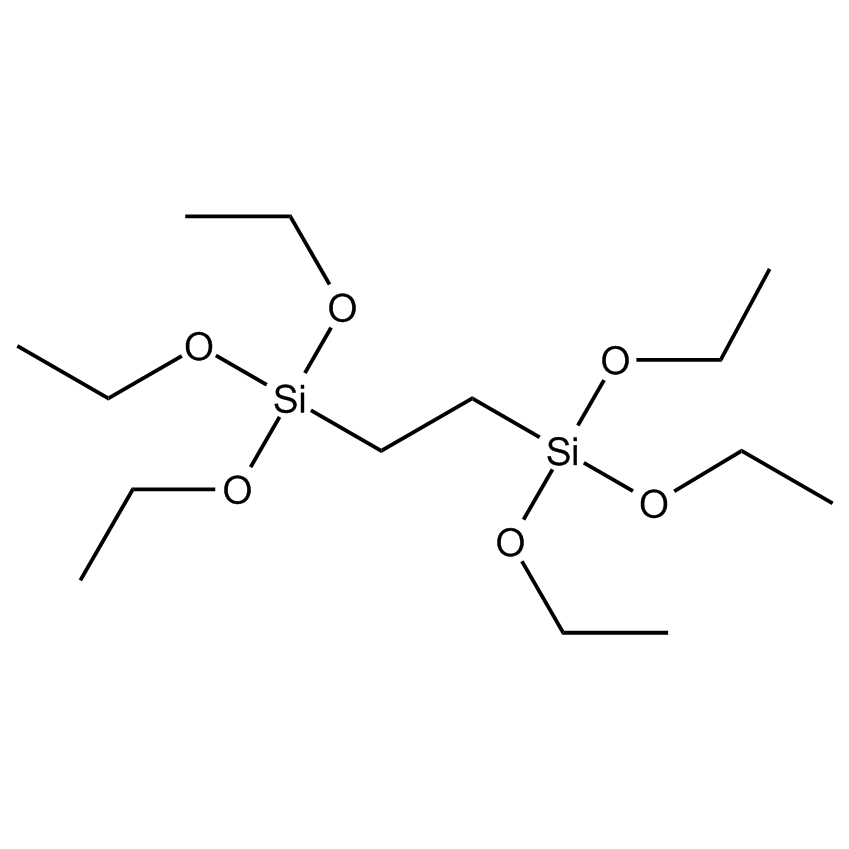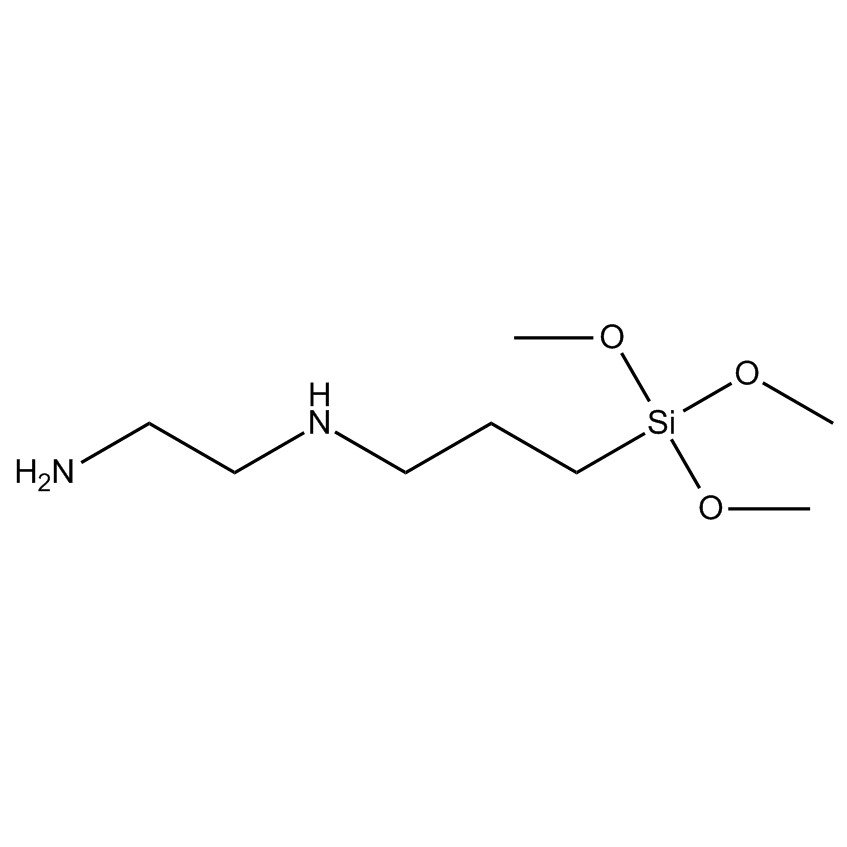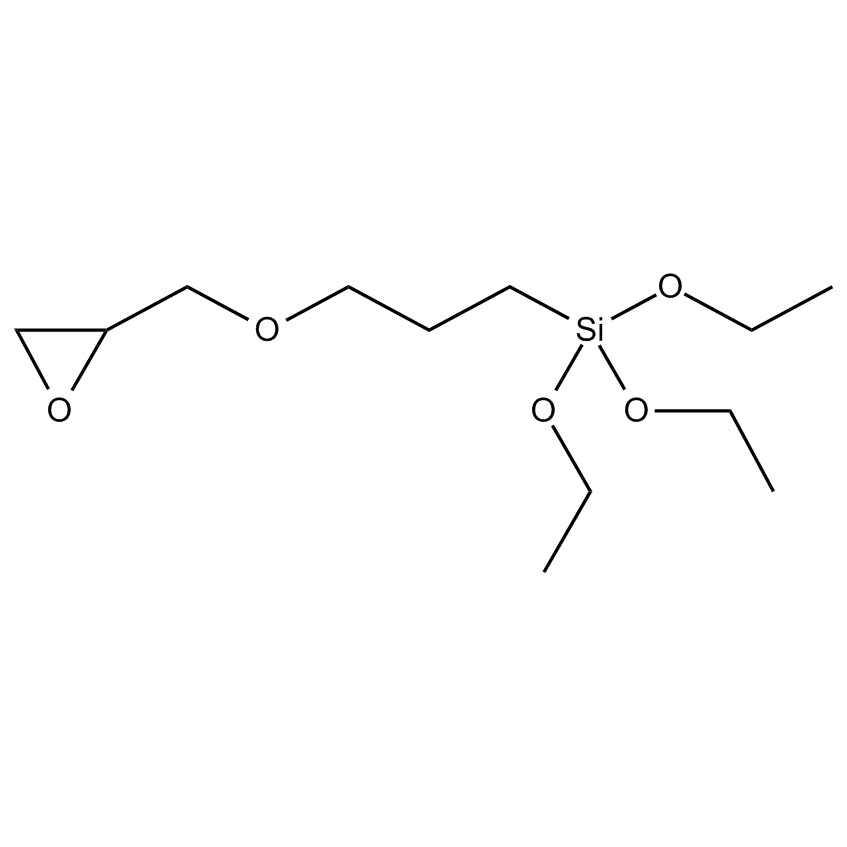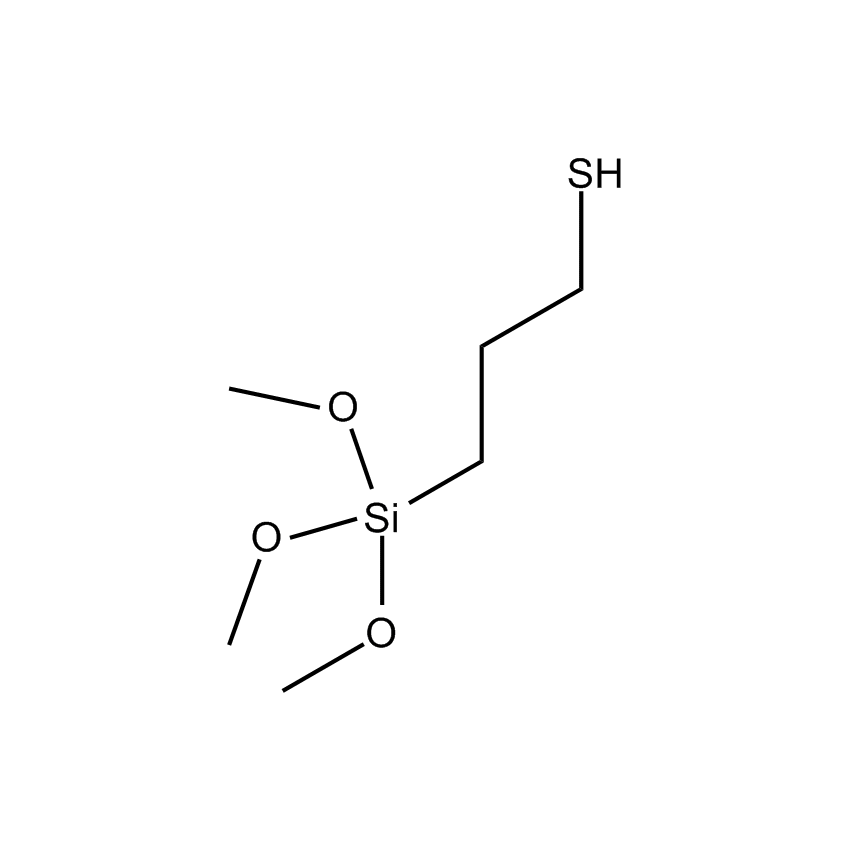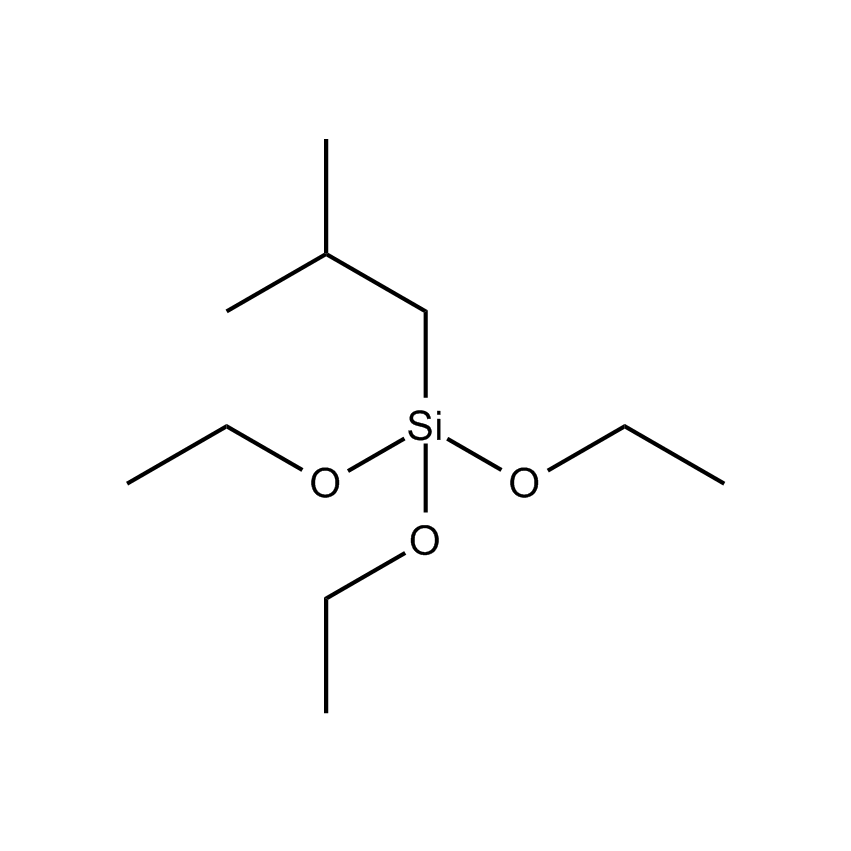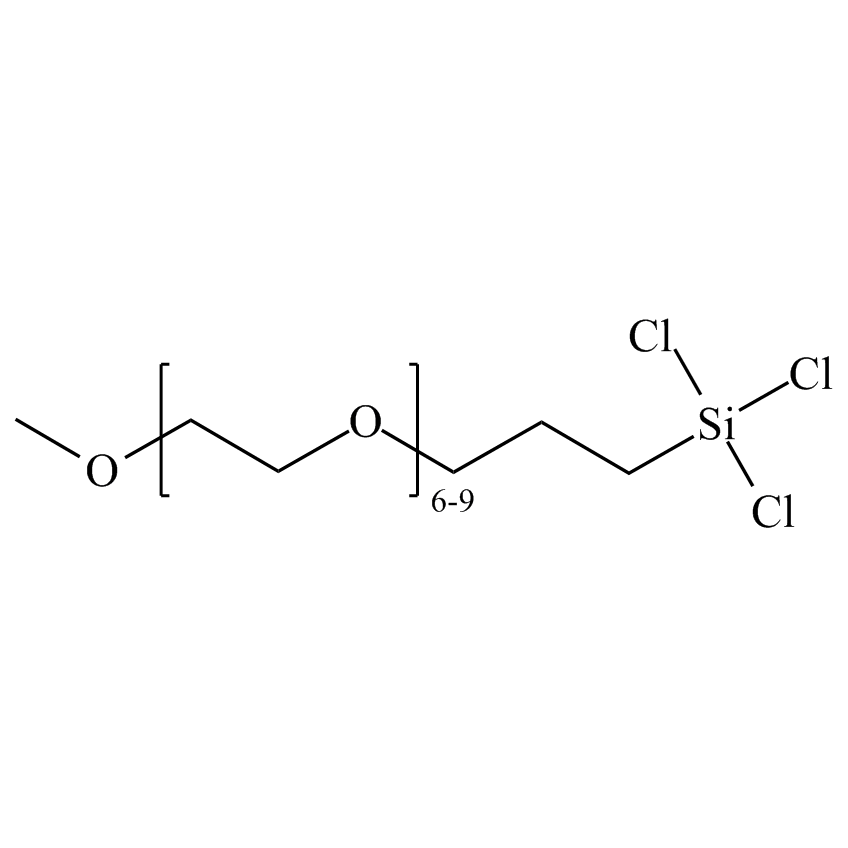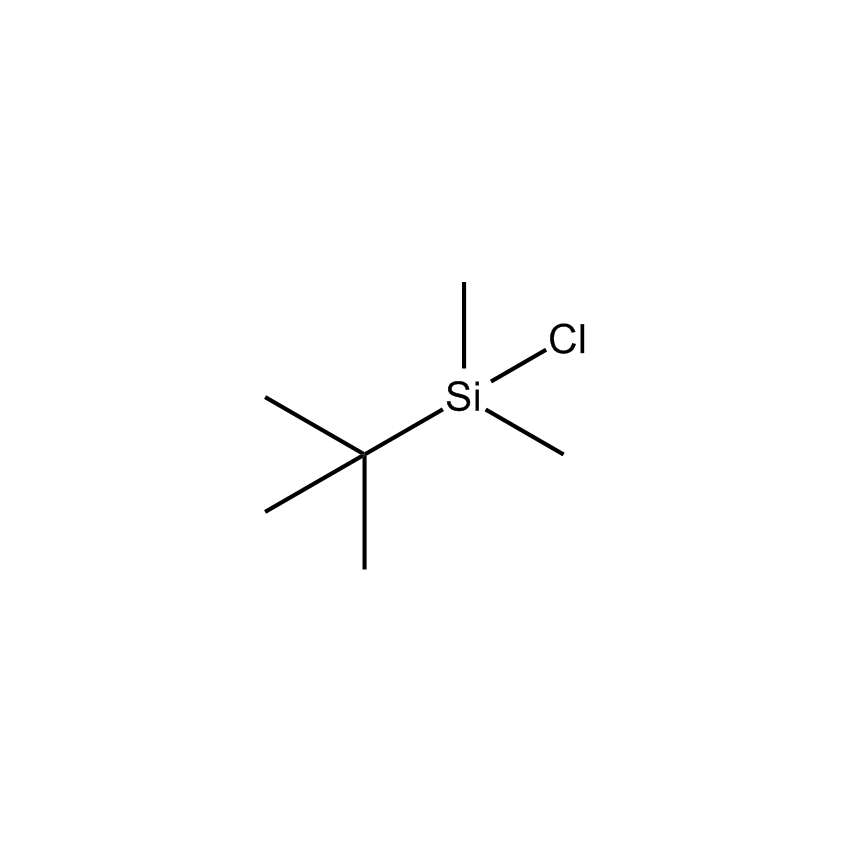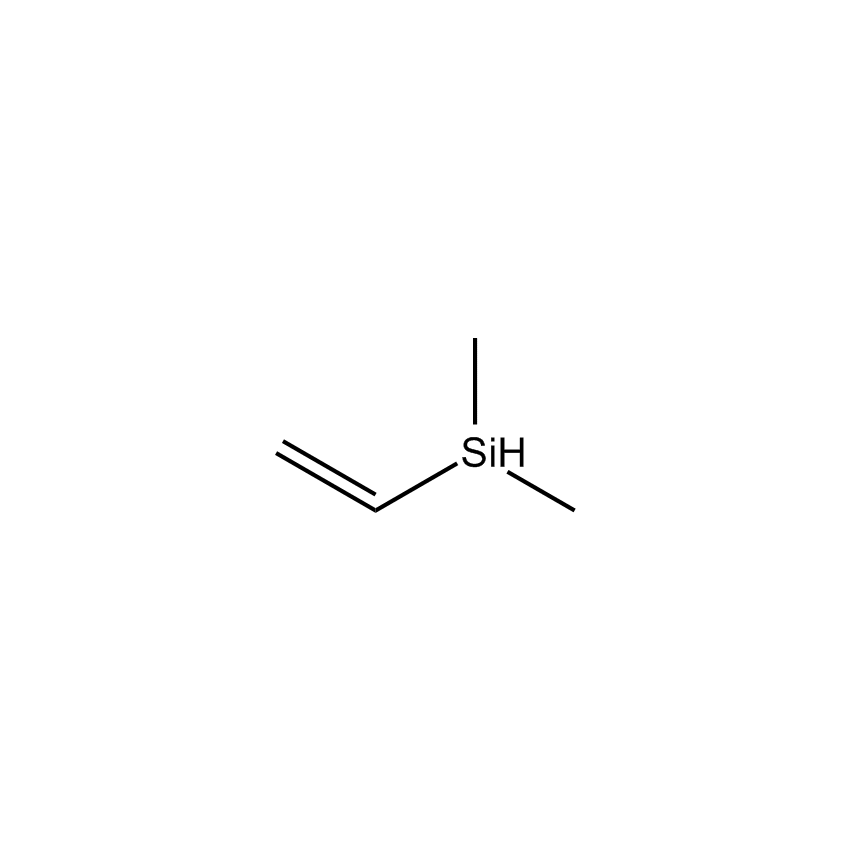Gelest offers a wide range of silane and silicon compounds in research and commercial quantities that are employed to enhance adhesion, increase mechanical properties of composites, improve dispersion of pigments and minerals, provide crosslinking, immobilize catalysts, and bind biomaterials. Silanes are also used to protect, synthesize, and derivatize functional groups in organic synthesis. They can impart hydrophobic or hydrophilic surface characteristics. See select applications listed below.
Example Applications
See more applications for CASE, life science tools, medical devices, microelectronics, and personal care.
Adhesives & Sealants
Gelest supplies products for various functions in adhesive and sealant applications. These include...
View ApplicationAdvanced Ceramics
Advanced ceramics are used today in many applications and the market continues to grow at close to 10% per year. The various types of advanced ceramics include oxide, carbide, nitride, boride, and nano-sized ceramic powders. Gelest offers many products which can be used as precursors to the required advanced ceramic…
View ApplicationConductive Coatings
A wide variety of materials can be engineered to provide different degrees of electrical conductivity, such as copper, aluminum, and molybdenum. Iron-chrome-aluminum and molybdenum-disilicide are commonly used for higher temperature applications. Some oxide ceramics are used as conductors and semiconductors for specialized applications. Conductive and non-conductive coatings that generally incorporate…
View ApplicationHydrophobic Materials
Gelest offers a wide range silanes and silicones for use as surface modifiers. One of the most desired after properties is hydrophobicity. This property can be used for such things as rendering glassware water repellent or affecting the wetting of water on a substrate causing it to bead up and…
View ApplicationSeparation Science
Gelest offers a range of materials that provide the chemical variation for the wide variety of chromatography and related applications where specific surface modification is required. These range from the long-chain aliphatic-substituted silanes for reversed phase chromatography, to organofunctional organosilanes including amino, mercapto, epoxy and other functionalities that are covalently…
View ApplicationSurface-Treated Pigments for Personal Care
Gelest’s extensive experience in silane chemistry led to the development of unique surface treated inorganic pigments and fillers. By changing the surface chemistry of the particles, our surface treatments can help improve your product’s performance, help reduce production time and energy costs, and increase product stability. Gelest offers standard product…
View ApplicationTechnical Guides
Visit our technical guides for more information on Gelest chemistry and how to use our materials.
Silane Coupling Agents
Silanes can be used to prime metals, bind biomaterial, immobilize catalysts, provide crosslinking, and improve polymer and particle dispersions. They can also enhance adhesive bonding, increase electrical properties, maximize composite strength, and increase mechanical properties. Information on what a silane…
Hydrophobicity, Hydrophilicity, and Silane Surface Modification
Silanes can specifically be used for hydrophobic/hydrophilic surface modification. This information focuses on raw materials that can be used for: water repellents; anti-stiction coatings; mineral surface treatments; fillers for composites; pigment dispersants; dielectric coatings; release coatings; optical (LED) coatings; bonded…
Microparticle Surface Modification
Gelest provides chemistries and deposition technologies for microparticle modifications that dramatically enhance color, polarity, adhesion, dispersion, rheological behavior, photo/chemical/thermal stability, moisture/corrosion resistance, and mechanical/electrical properties.
